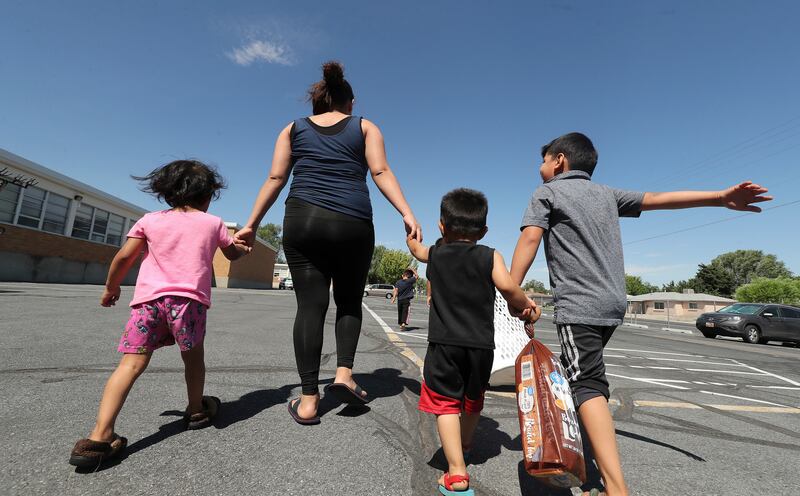Regardless of the science, feedback from parents or advice from the Academy of Pediatrics, many public school systems, pushed by teachers unions and local government officials, have decided to keep schools physically closed this fall. What is the recourse for parents who are dissatisfied with the decisions of their assigned public school? Right now, very little.
The COVID-19 pandemic has laid bare what many long suspected: Parents have little control over their children’s education, and teachers unions hold too much power. With private schools opening at a much higher rate than public schools, those parents with financial means are quickly moving their children out of public schools.
Every parent, not a teachers union or government official, should have ultimate control over their children’s education. The problem is not inequity. The problem is the lack of agency.
Now is the time to support freedom of education. Corey A. DeAngelis, director of school choice at the Reason Foundation, convincingly argues that existing federal funding should flow to individual families instead of school systems. The government should allocate money to families directly, rather than being assigned to a school by ZIP code. For example, families that benefit from the food stamp program can use that money at any grocery store. Likewise, the government should fund families for their children’s education and allow families to use those funds as they deem best.
Direct funding to families benefits everyone. Parents can choose their own educational program and have the funds to make their preference a reality. Schools can stop trying to be “one-size-fits-all” and instead specialize in what their teachers do best. And before you object, let’s remind ourselves that America’s public school system wasn’t working well before the pandemic. Now is the right time to change the structure of education.
As a mother of two young school-aged children, I know my peers’ frustration. It is genuinely those with the least choices that are suffering most. One friend of mine, Susan, has been running her own small business, caring for two young girls, and doing her best to address her autistic son’s unique needs. She cannot afford private education, and she is only one voice among thousands in her school district. Her son’s school decided to stay closed this fall. She is left juggling it all without reliable remedies for her specific situation.
Most Americans want to believe the best about our leaders. We don’t like to think of them capitalizing on our difficulty. We understand that sending teachers and students back into a classroom is complex and needs careful consideration. We just expect our school leaders to be reasonable, but so far, they are playing politics.
Take, for instance, the demands of United Teachers Los Angeles. Before they agree to reopen schools, they want the police force defunded, evaluating permanent teachers suspended for the 2020-21 school year, and Medicare For All implemented. What do any of these issues have to do with classrooms opening in August? Nothing. But this demonstrates how overbroad the special interest agendas have become. They are interested in politics, not the education of our children.
For the past five months or more, parents have made decisions about everything that concerns their children during these uncertain times. Let’s trust them now to make the right decision about where to send their kids to school. Whether it be a pandemic pod, charter school, public school of their choice or religious school, parents know best. They deserve a choice. Funding and agency is key to that choice.
Stephanie Vogelzang is a mother of two school-aged children. With a masters in ethics from Yale Divinity School, she has worked in communications over the past decade. Most recently, she was a 2020 National Review Institute fellow.

